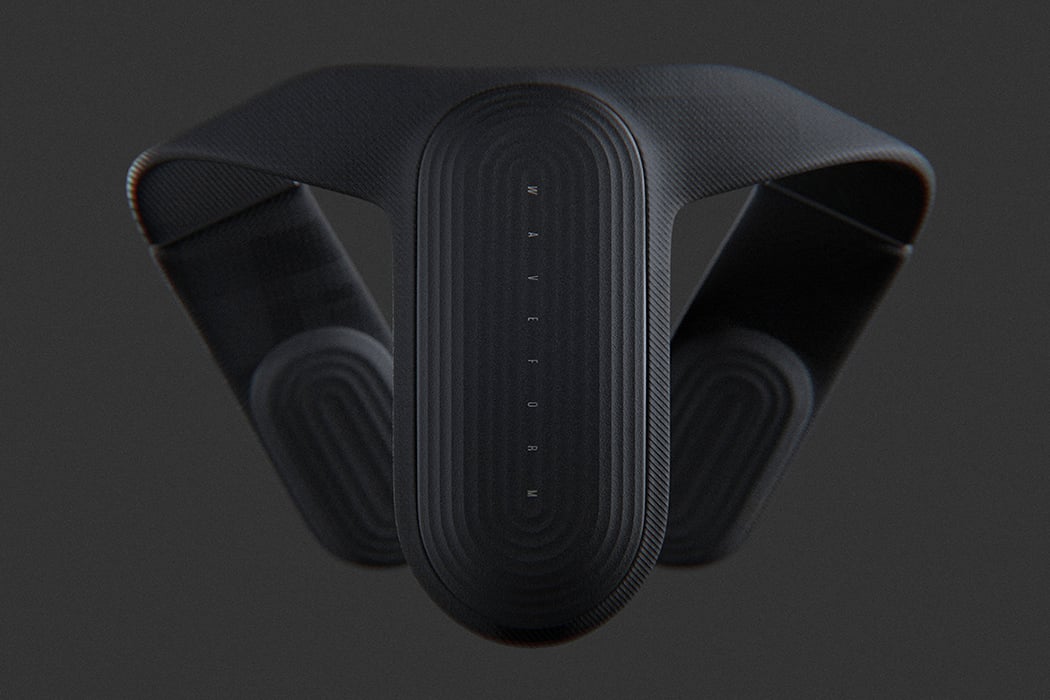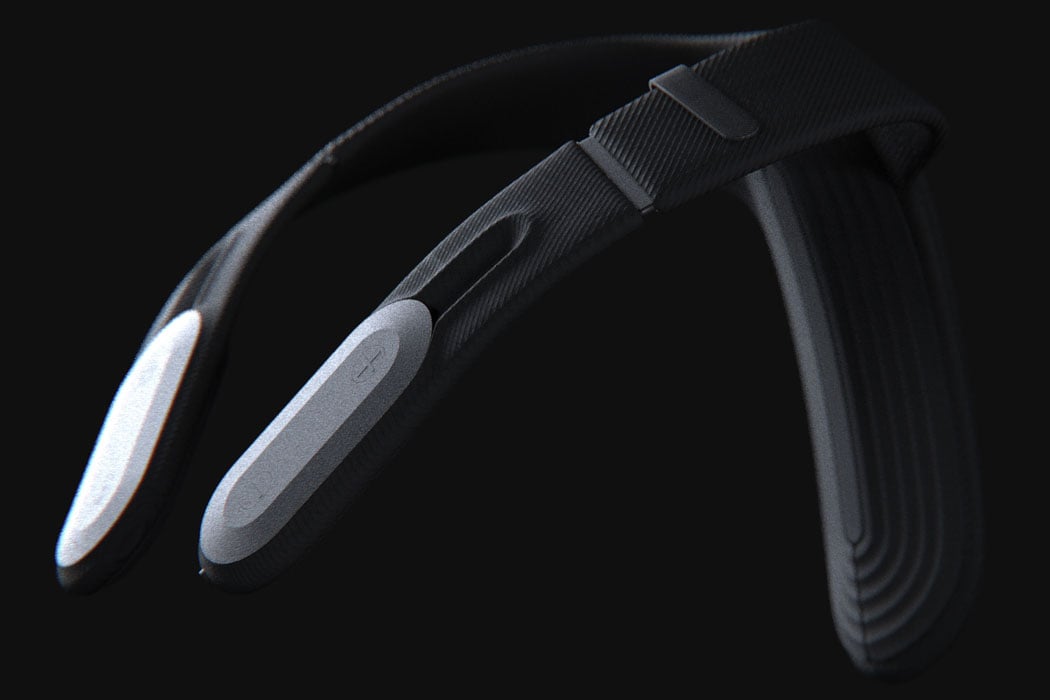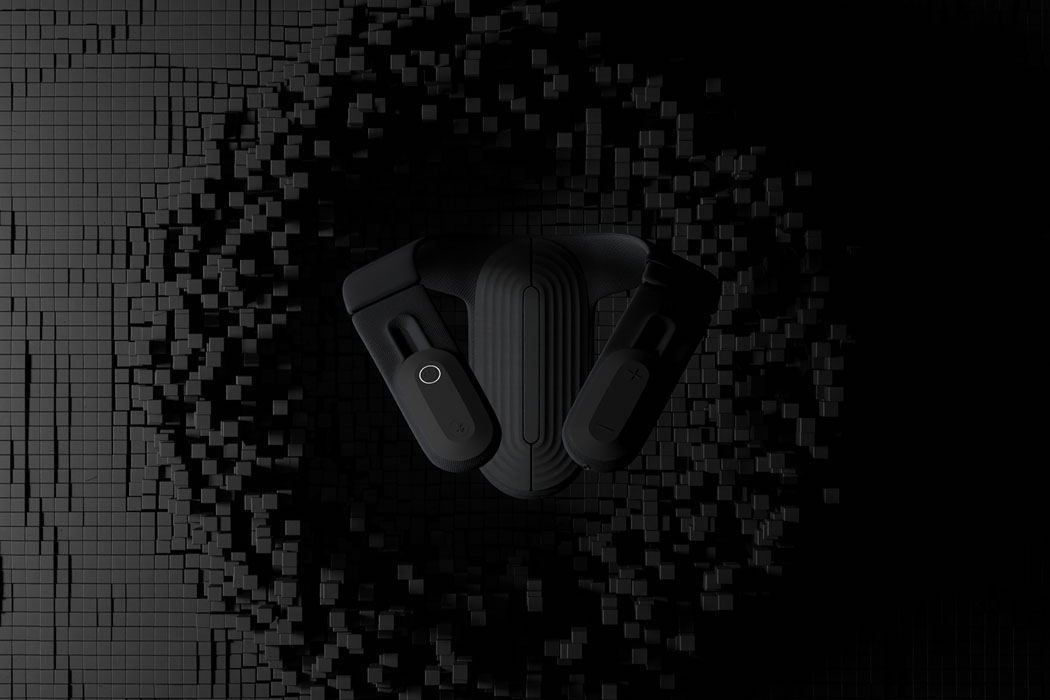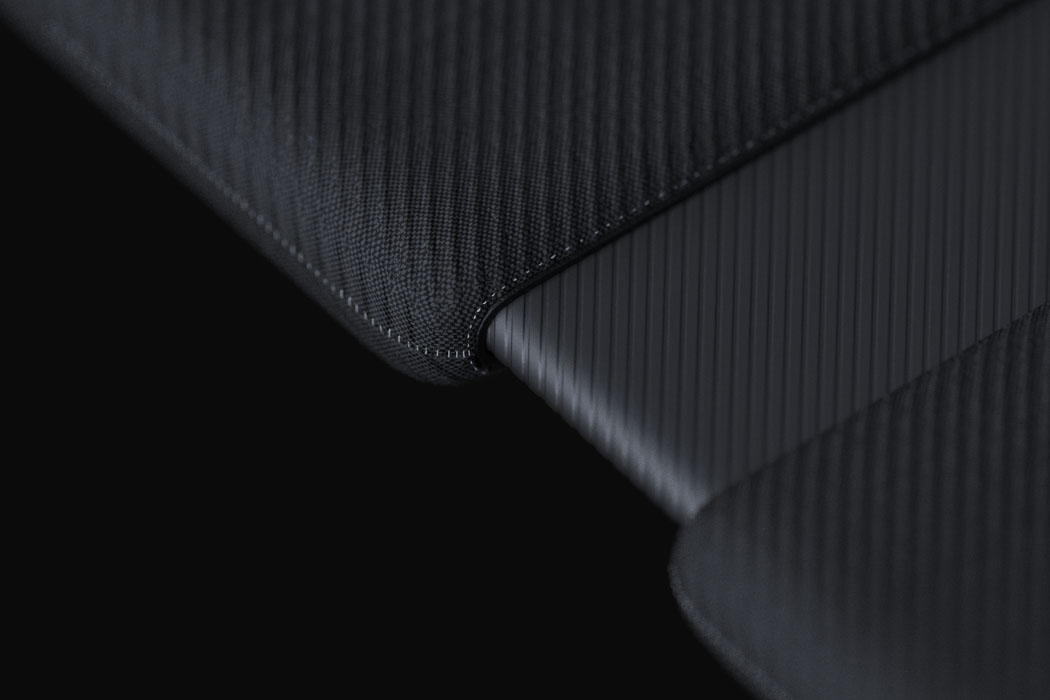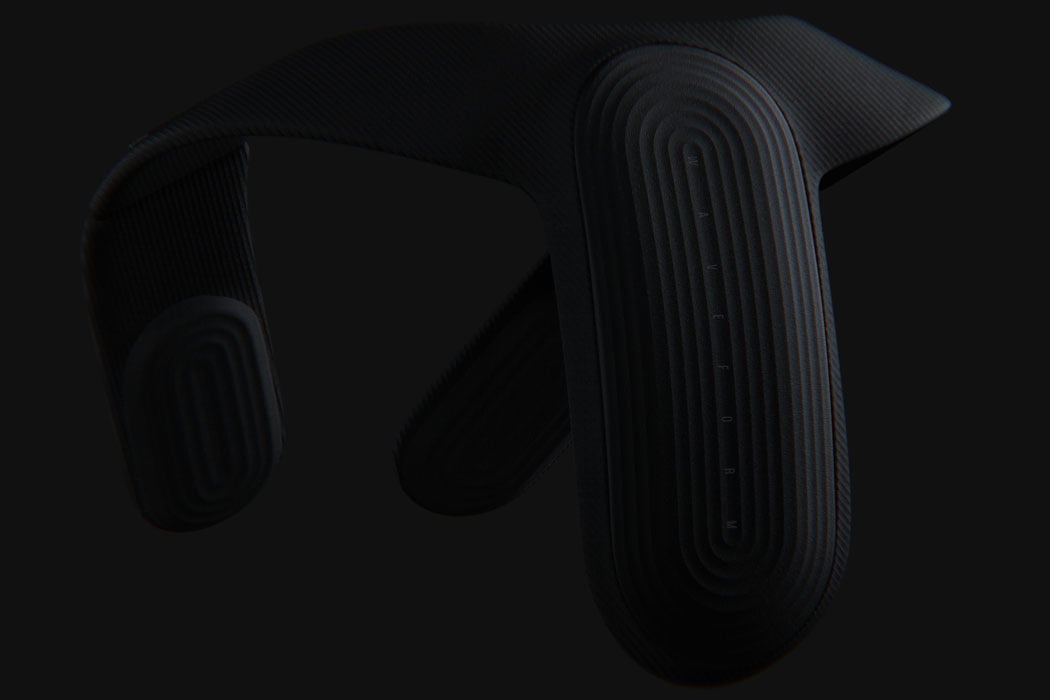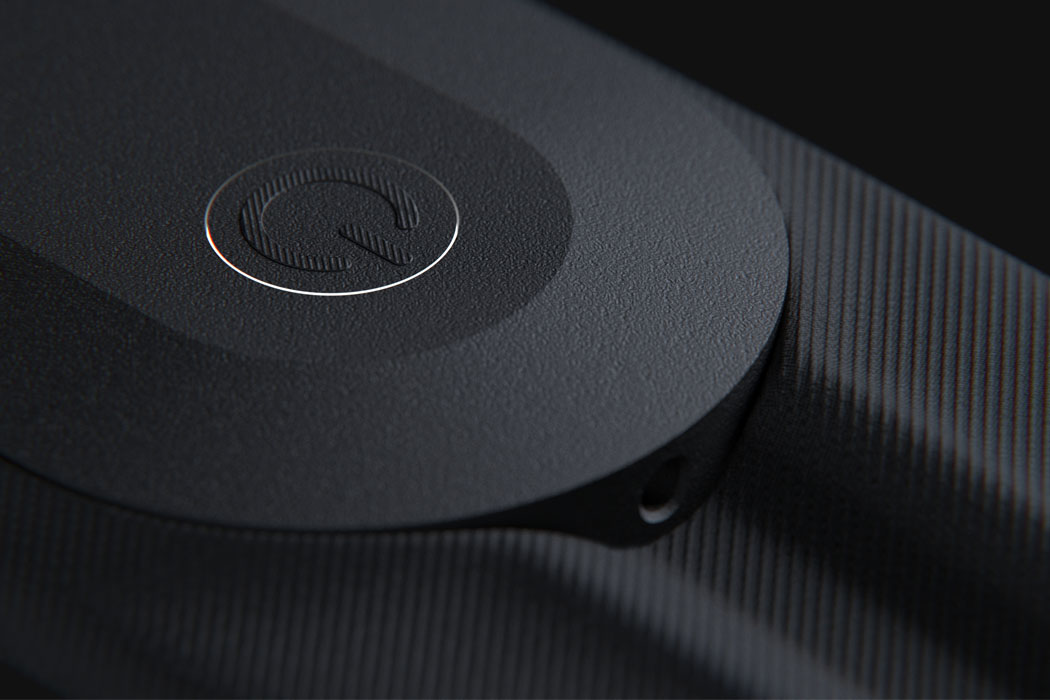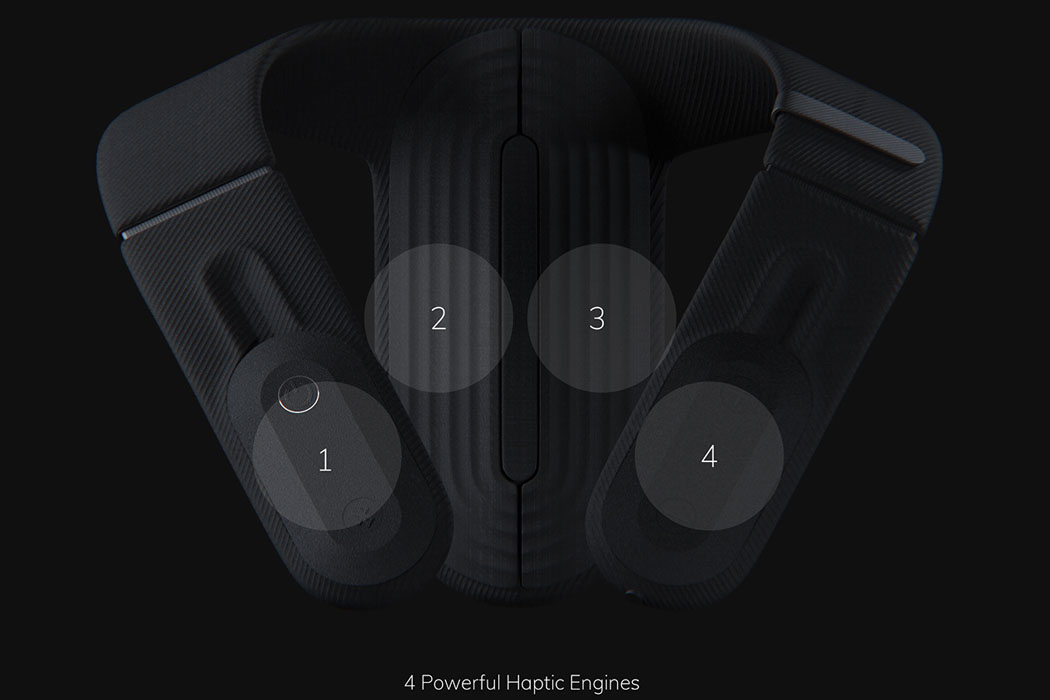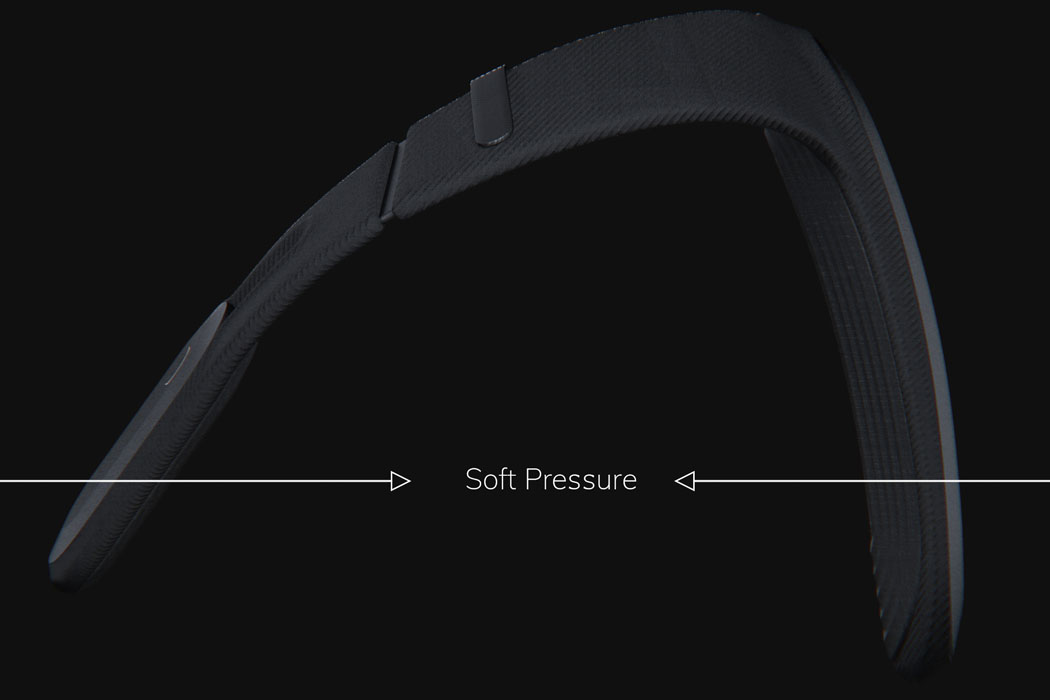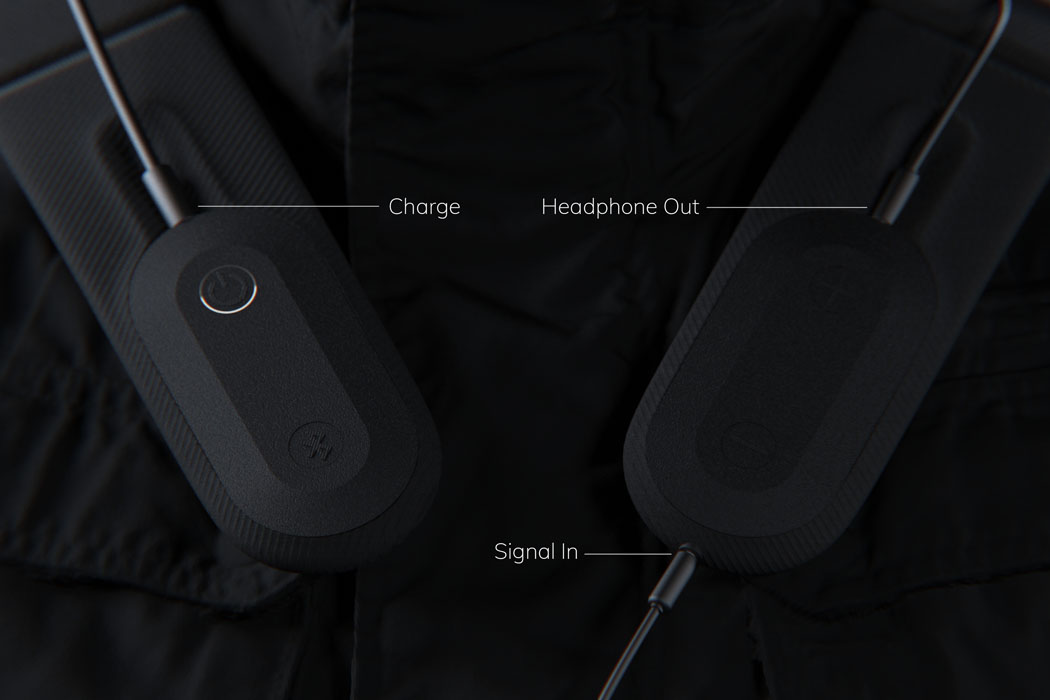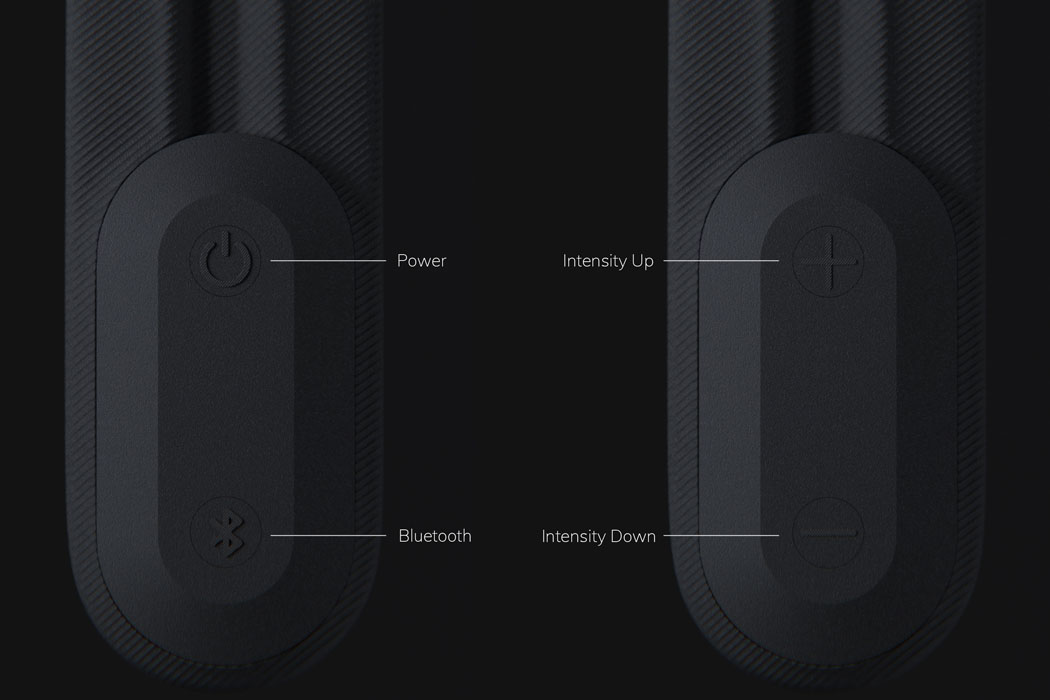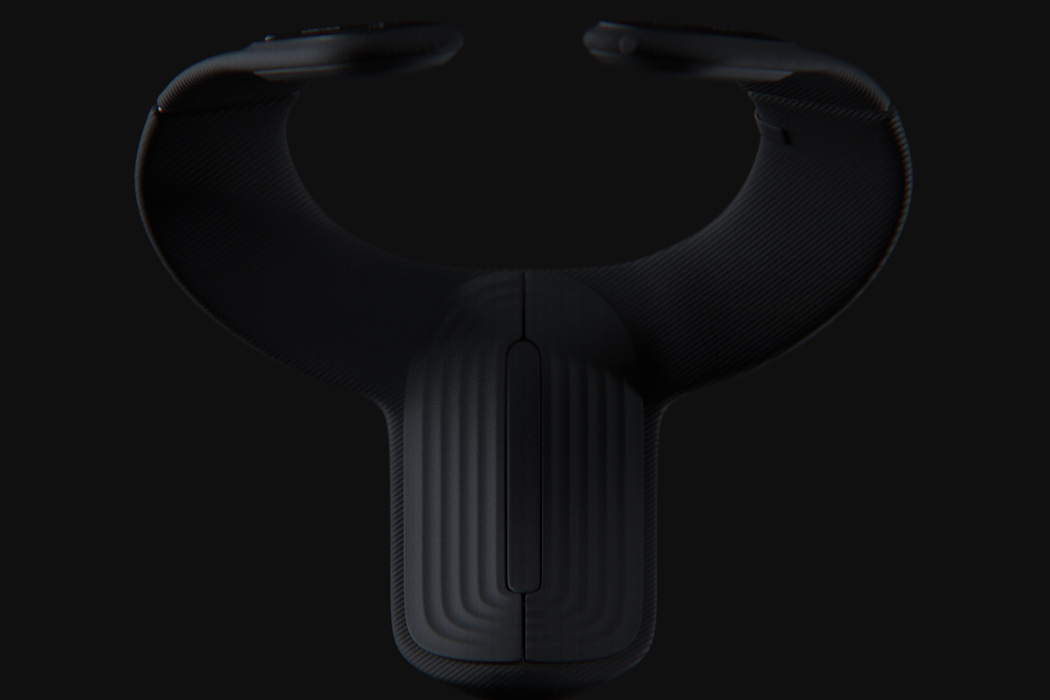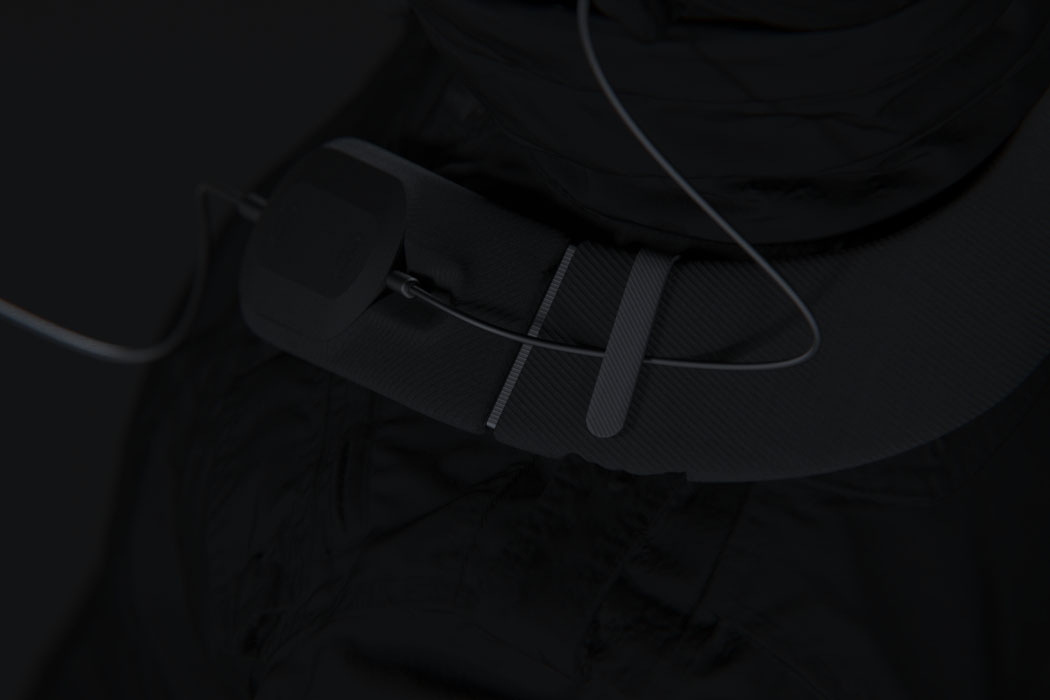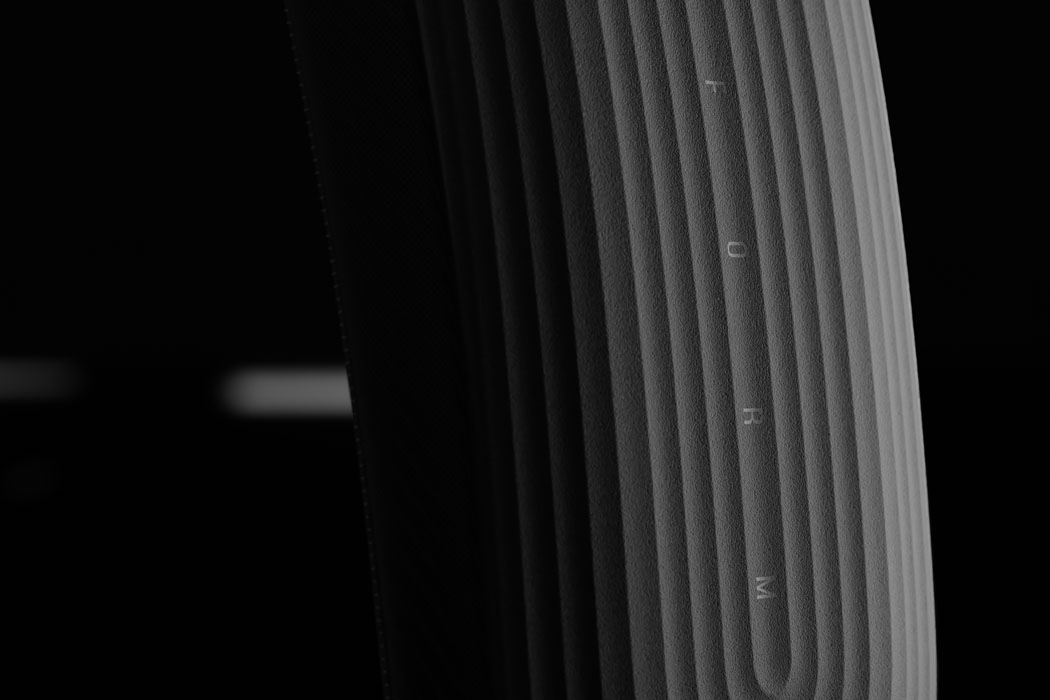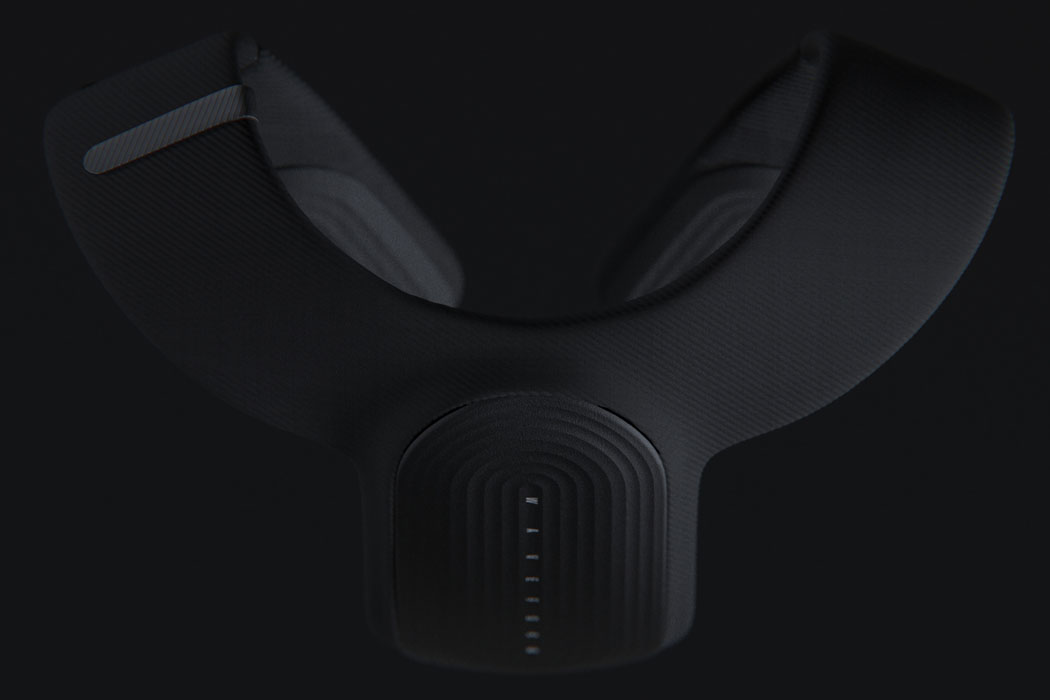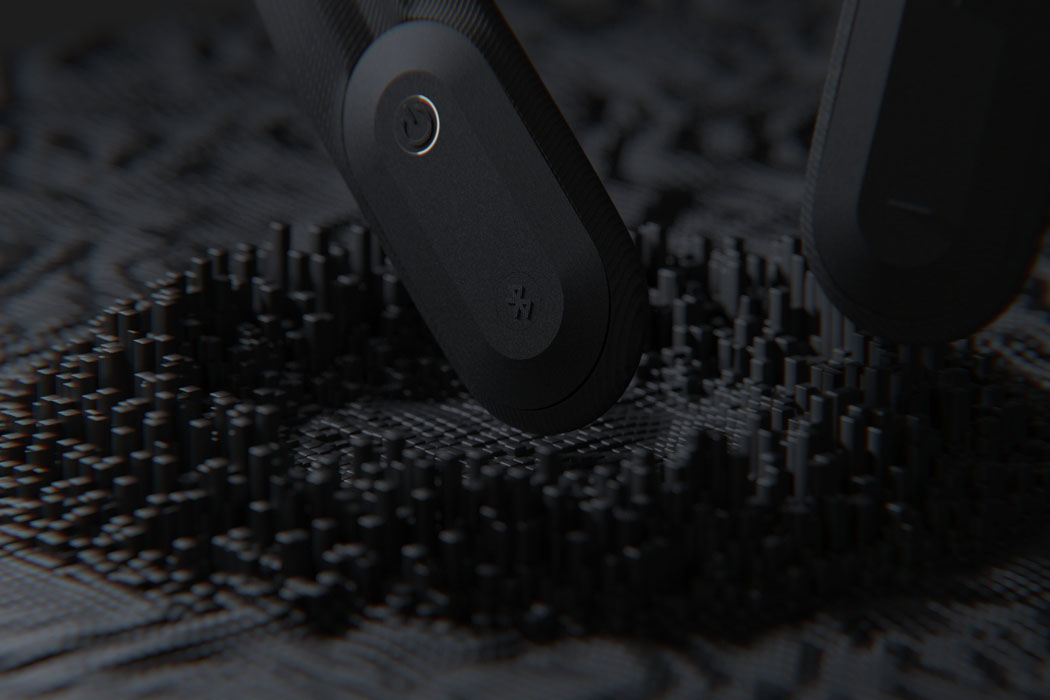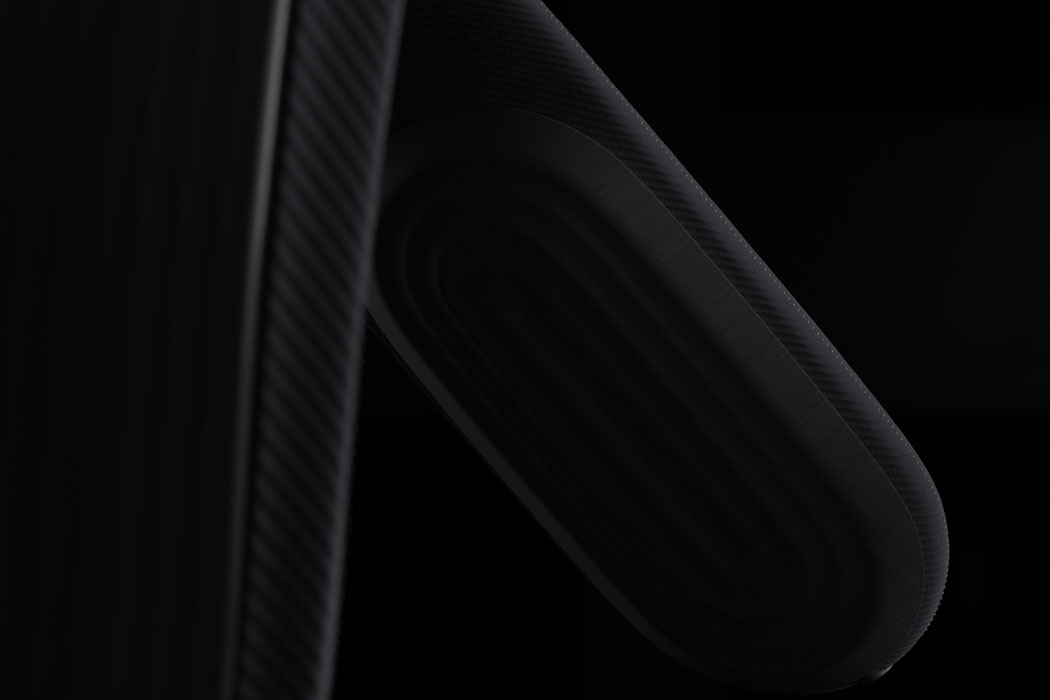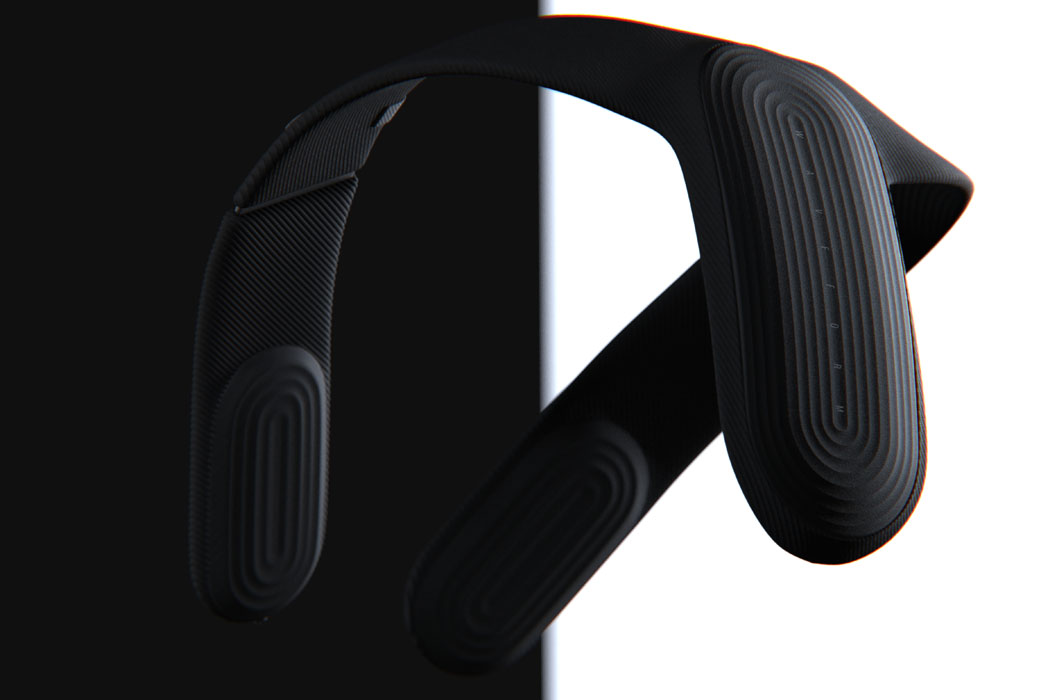We’ve got so many gadgets these days to elevate our sensory experience right from the comfort of your home – be it the crisp displays or the high-end audio equipment to immerse you in action. But the third sensory experience of touch is what we miss. Just imagine you are in-game battling it out with other players and the audio and visual experience is matched by the thumping in your chest, taking things to a whole new level. Or while listening to your favorite music, the beats are matched by the vibrating rhythm in your body – won’t that be worth experiencing?
Giving this very imagination a concrete pallet of practicality, Kyle Hamm has intended to design Waveform, a wearable that lets you feel the deep bass in your chest, matching the audio frequency being beamed in your ears by the pair of headphones. Similar to that vibration in your chest while at a live music concert – this gadget adds the dimension of touch to the audio. Learning from some of the prototypes that want to achieve something similar, Kyle focused on the portability, ergonomics, and comfort of the Waveform. After digging deep about the design and the functionality Kyle determined that the vibration is best felt on the front and back of the chest.
Thus came to life the blueprint and prototype of Waveform that’s inspired by the rhythmic movement of stone skips on the surface of the water. To ensure the vibration of the contoured gadget reaches the body, Waveform has spring-loaded arms to create tension with subtle pressure. It’s got to be the most comfortable armor that you can think of, but for a completely different utility. With the arm slide on a rail, the height placement can be adjusted for different users, making this wearable good for anyone and everyone. For ease of use, the functions of the Waveform are tactile – giving the wearer freedom to use it with VR headsets.
Waveform is a completely different way of experiencing audio, virtually making one feel inside the action for the best experience possible. The possibilities could be endless with the wearable gadget – watching movies in VR with this strapped on will give you the thrill of a lifetime. It won’t be surprising if future iterations and refinements to this design could blur the lines between what’s real and what’s not!
Designer: Kyle Hamm
